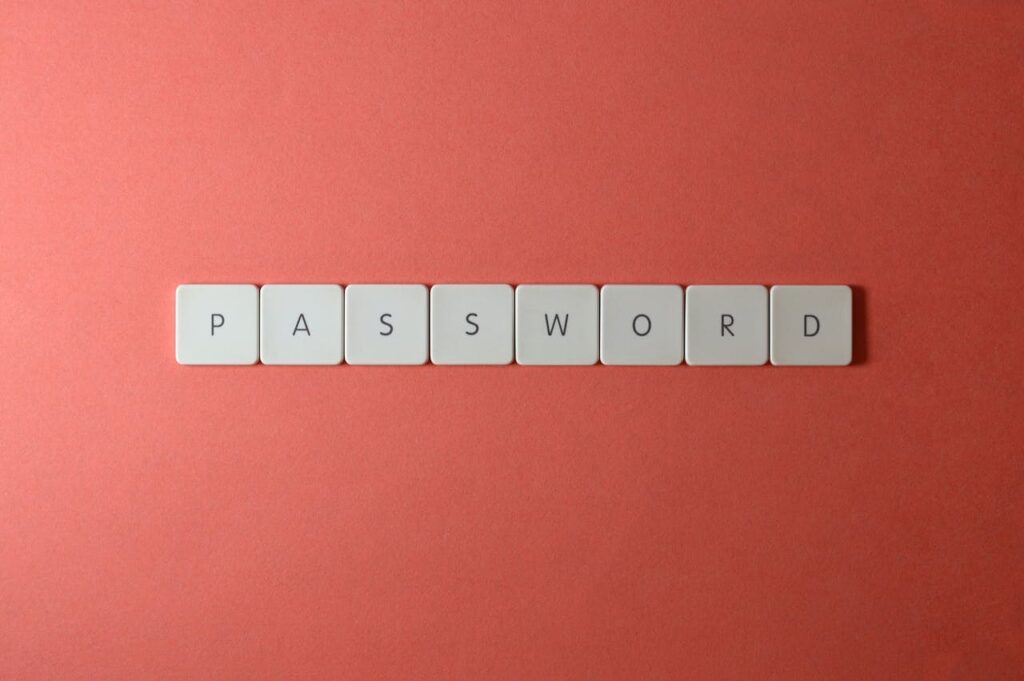In today’s interconnected digital landscape, the security of online accounts is of paramount importance. Passwords serve as the first line of defense against unauthorized access, making the process of resetting them a critical aspect of maintaining a secure online environment. However, striking a balance between robust security measures and user-friendly experiences is essential to ensure the effectiveness of password reset procedures. In this article, we will explore best practices for password resets that aim to enhance security without compromising usability.
- Multi-Factor Authentication (MFA): The Foundation of Security
The cornerstone of any secure password reset process is the implementation of Multi-Factor Authentication (MFA). MFA adds an extra layer of protection by requiring users to verify their identity through multiple means, such as a password and a temporary code sent to their mobile device. By enforcing MFA during the password reset process, organizations can significantly reduce the risk of unauthorized access, even if the user’s password is compromised.

- Secure Communication Channels
Communicating password reset information securely is crucial to prevent interception by malicious actors. Utilizing encrypted channels, such as HTTPS, ensures that sensitive data is transmitted securely between the user and the server. Avoiding communication through unsecured channels like plain text emails or unencrypted messages further safeguards the reset process.


- User Education and Awareness
Educating users about the importance of strong passwords and the potential risks of weak ones is a proactive approach to security. Encourage the creation of complex passwords and provide guidelines for password hygiene. Additionally, inform users about the correct steps to follow during a password reset, emphasizing the importance of verifying the legitimacy of any communication received.


- Account Recovery Options
Incorporating robust account recovery options can be a lifeline for users who genuinely forget their passwords. However, it’s crucial to strike a balance between convenience and security. Use multiple verification methods, such as security questions, secondary email addresses, or SMS verification, to ensure that the account recovery process is secure yet accessible to legitimate users.
- Time-Limited Password Reset Links
When users initiate a password reset, provide them with time-limited links to complete the process. This prevents attackers from exploiting long-lasting reset links and reduces the window of opportunity for unauthorized access. Implementing expiration periods, such as 24 hours, adds an extra layer of security to the reset mechanism.
- Throttling and Lockout Policies
To thwart brute force attacks, implement throttling and lockout policies. Limit the number of password reset attempts within a specific timeframe and temporarily lock accounts after a predefined number of failed attempts. This discourages automated attacks and protects user accounts from unauthorized access attempts.
- Strong Password Policies
Encourage users to create strong, unique passwords by enforcing stringent password policies. These policies may include minimum length requirements, the use of uppercase and lowercase letters, numbers, and special characters. By setting high standards for password strength, organizations contribute to the overall security of their users’ accounts.
- Transparent Communication
During the password reset process, maintain transparent communication with users. Clearly explain each step and the information they need to provide. Use user-friendly language and provide helpful error messages to guide users through the process. Clarity reduces user frustration and enhances the likelihood of successful password resets.
- Regular Security Audits
Regularly audit and update the password reset process in response to emerging threats and technological advancements. Conduct security assessments to identify vulnerabilities and implement improvements proactively. Staying ahead of potential risks ensures that the password reset system remains robust and adaptive to the evolving cybersecurity landscape.
- Continuous Monitoring and Incident Response
Implement continuous monitoring mechanisms to detect suspicious activities related to password resets. Establish an incident response plan that outlines the steps to be taken in the event of a security breach. Rapid detection and response can mitigate the impact of unauthorized access attempts and protect user accounts from compromise.
Conclusion
In conclusion, an effective password reset process is a delicate balance between robust security measures and user-friendly experiences. By incorporating multi-factor authentication, secure communication channels, user education, account recovery options, time-limited links, throttling policies, strong password requirements, transparent communication, regular audits, and continuous monitoring, organizations can fortify their systems against unauthorized access while providing a seamless experience for users. In the ever-evolving landscape of cybersecurity, these best practices serve as a foundation for maintaining the delicate equilibrium between security and usability.
